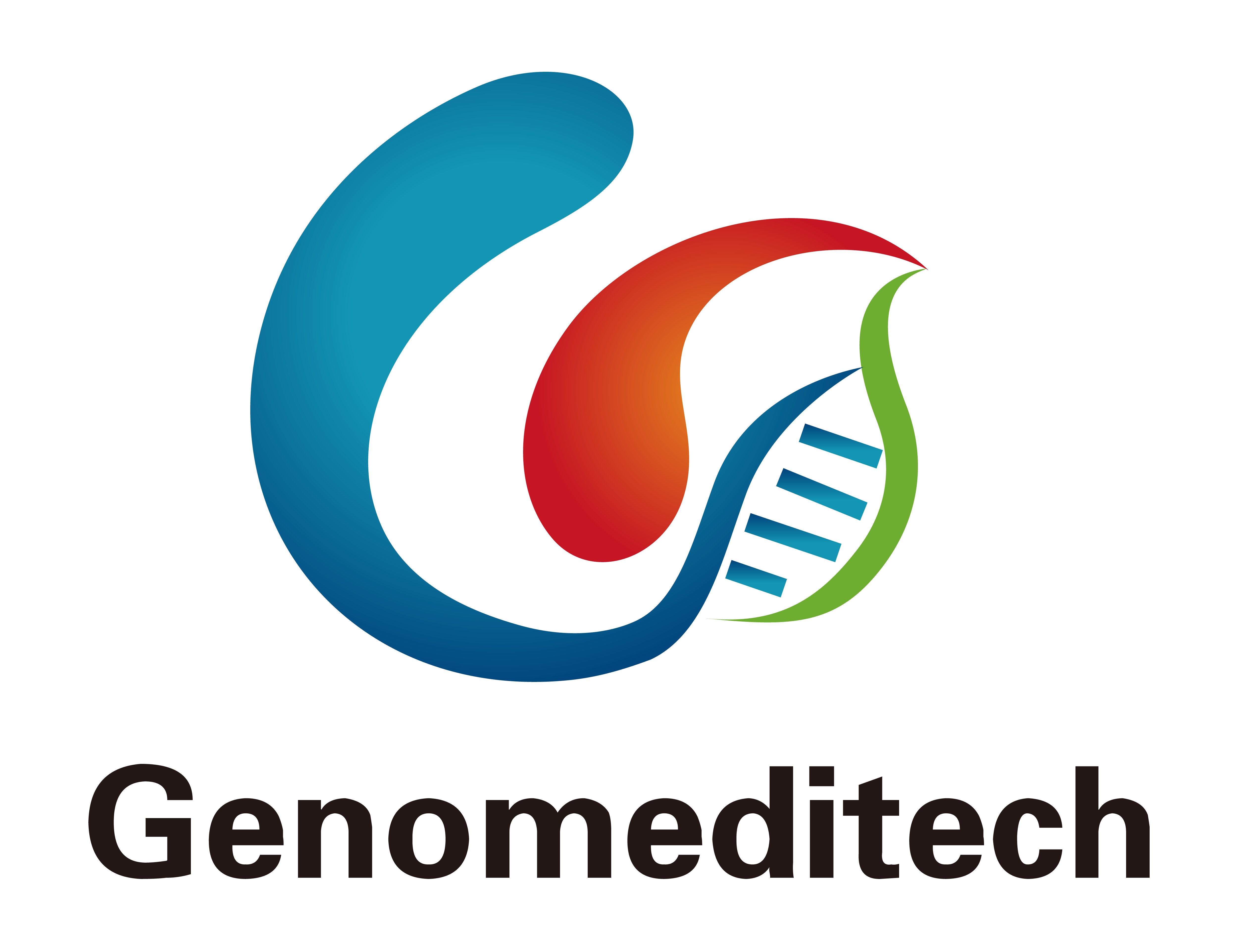The LGR5 receptor, rich in leucine-rich repeat sequences, is a member of the G-protein-coupled receptor superfamily of the rhodopsin subfamily, belonging to the glycoprotein hormone receptor class. The human LGR5 gene is located on chromosome 12q22-23, with a full-length cDNA of 4208bp encoding a peptide chain consisting of 907 amino acid residues, including 21 signal peptides, 540 extracellular domains, 263 transmembrane regions, and 83 C-terminal tails.
LGR5, as a target gene of the Wnt signaling pathway, undergoes changes in expression after Wnt pathway activation, playing a crucial role in cell proliferation, differentiation, and tumorigenesis. Clinical evidence shows that overexpression of LGR5 in some cancer stem cell patients is closely related to mutations in the third exon of the crucial effector beta-catenin gene in the Wnt signaling pathway.
As a target gene of the Wnt signaling pathway involving beta-catenin/TCF-4, increased LGR5 expression occurs when the Wnt pathway is abnormally activated, possibly playing a significant role in the malignant transformation of intestinal epithelial cells. Knockout of the LGR5 gene in mice leads to excessive activation of the Wnt pathway, resulting in premature differentiation of Paneth cells in the small intestine, confirming the crucial role of LGR5 as a negative regulator in the Wnt signaling pathway for the proliferation and differentiation of intestinal stem cells.
















